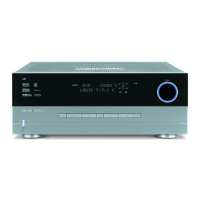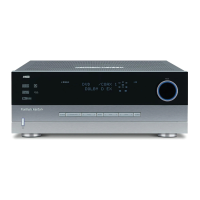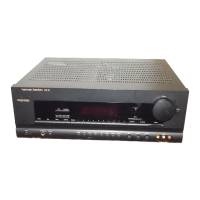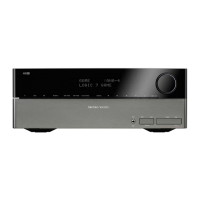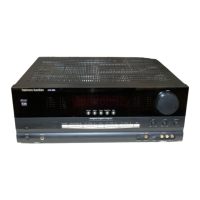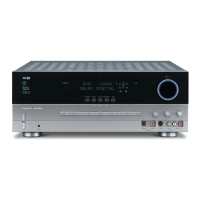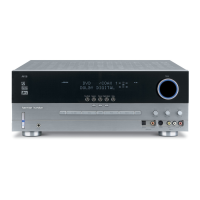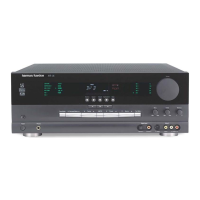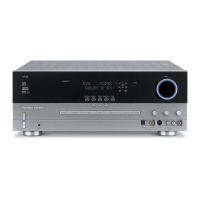RECEIVING
FM
BROADCASTS
Five basic
controls
are used
to
receive
FM
broadcasts
through the 430:
FUNCTION, VOLUME, BALANCE,
TUNING, and
FM
MUTING. Make the
following
adjustments
to these
controls
after activating the SPEAKERS 1 switch:
[1] FUNCTION -
FM
Stereo
[2] BALANCE - Neutral
[3]
FM
MUTING - Out
[4] TUNING - Use this
control
to
move the
dial
pointer
to the
extreme end
of
the
dial scale.
[5] VOLUME -
Advance
until hiss
is
audible
You should
now
hear a mild hissing or
rushing sound - this is
atmospheric
noise
picked
up by the
tuner
section.
Depress the
FM
MUTING button and the
noise
disappears
- it has been muted.
Turn the TUNING knob in
either
direction
until a
broadcast
signal is received.
The signal strength tuning
meter
should
have
deflected
and should
now
be
registering the relative strength
of
the
FM
signal you are receiving. If the
broadcast
is in stereo, the red STEREO
beacon
is lit - the
beacon
does
not
illuminate when
an
FM
station is
broad-
casting
monophonically.
If you have
a stereo station tuned, turn the FUNC-
TION switch to FM. The 430 is
now
receiving the stereo
broadcast
mon-
ophonically.
This feature is useful
for
weak
stereo stations
where
reception is
accompanied
by a large
amount
of
noise.
The
program
can be received
mono-
phonically
without
the noise. Very
weak
monophonic
stations may be received
if
FM
MUTING is defeated, but
tuning
from
station to station is no
longer
noise-free.
i
3
2
Muting Adjustment
There is a
control
on the rear panel
labeled MUTING ADJ.
It
controls
the
signal
threshold
at
which
muting action
takes
place
when the
FM
MUTING
button is activated. The
control
has been
set at
our
factory
to
accommodate
the
majority
of
FM
reception
conditions.
If you wish to readjust this control,
depress
the
FM
MUTING button and tune
away from any station. Turn the
MUTING ADJ
control
until the interstation
noise (hiss) disappears.
The dial scale
of
the 430 is
calibrated
for
FM
broadcast
station
frequencies
from 88 to 108 mHz. Each
FM
station in
your
area has an assigned
frequency
that
falls
within
these limits. You can use
the
illuminated
dial
pointer
and
scale
of
the 430 to find any station in
your
area
if
you know the assigned frequency.
Similarly, AM stations in
your
area have
assigned
frequencies
ranging from
about
550 kHz to 1600 kHz. These, too,
can be found with the
illuminated
pointer
and dial scale. For convenience,
a third
logging
scale with
arbitrary
values from
0-100
is
provided
so you can
simplify
the task of
memorizing
the
various assigned
frequency
values
of
the
FM
and
AM
stations in
your
area.
With the
logging
scale, all you need
remember
is that if
your
favorite
FM
station is at 80 on the
logging
scale,
select FM, tune to 80, and listen.
These
two
examples give you a
working
familiarity
with the
primary
controls
of
the 430.
5
4
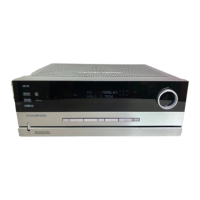
